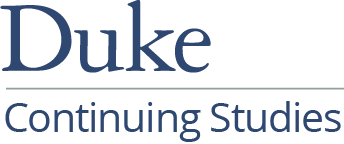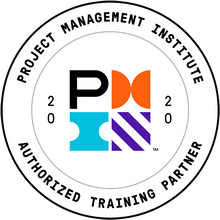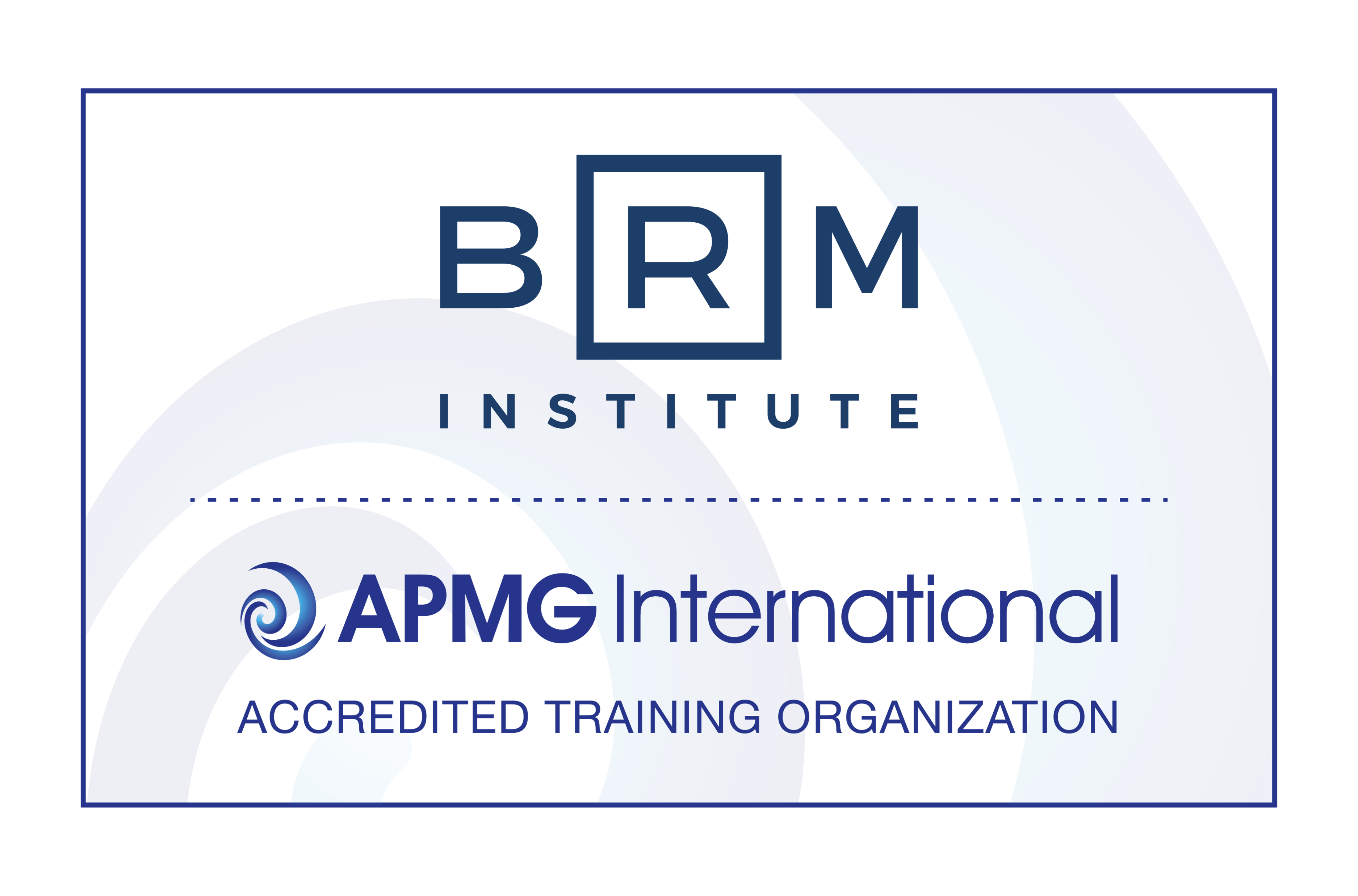From Survival to Stable: Building Foundations for Growth
Do  your eyes glaze over when people talk about organizational infrastructure? You're not alone. For many of us, the thrill of leadership comes from inventing products, seizing opportunities, and anticipating consumer needs. Yet, building infrastructure is like going to the doctor: you can survive without it, but you'll be better for it.
your eyes glaze over when people talk about organizational infrastructure? You're not alone. For many of us, the thrill of leadership comes from inventing products, seizing opportunities, and anticipating consumer needs. Yet, building infrastructure is like going to the doctor: you can survive without it, but you'll be better for it.
Infrastructure is especially important for young organizations looking to move to the next level. Young organizations typically overflow with passion and innovation. The organization probably started with a passionate vision, like the idea of a simple navigation tool for an increasingly complex internet that catapulted Yahoo! to success. Early innovators may have developed products in a garage, as did Jobs and Wozniak with the first Apple computer. These patterns were necessary for growing the organization.
For more information on this topic, as well as how Corporate Education Group can help optimize your organization's performance, contact us or call 1.800.288.7246 (US only) or +1.978.649.8200.
But now, as the company matures, are youthful patterns encouraging inconsistent customer service? Maybe tasks are falling through the cracks because it's not clear who is responsible for what. Or perhaps people waste time reinventing the product development process for each customer. These patterns are typical when companies have not yet built an effective organizational infrastructure. They struggle to survive, existing on passion and drive, yet lacking stability.
What Is Organizational Infrastructure?
Organization infrastructure links goals, activities, and people through planned processes and systems. Most likely, you have infrastructure to support your finances because the IRS insists upon it. What many young companies lack is infrastructure to support process and performance.
Start with the Customer. To build process infrastructure, start with the obvious: What product or service do you provide to the customer. Then back up to the very beginning: what materials, data, ideas, or supplies do you use to create that product or service?
Map the Process: The next step is where it can get complicated, but is also where organizations find value. Bring together representatives from each stage of the development process to map the steps that take the product from raw material to customer. If they resist (as they might, since young organizations enjoy their flexibility and often reject attempts to standardize), take the steps up one level.
Defining high-level activities provides people with a common understanding of how work gets done. Better yet, the organization gains efficiency and consistency that customers appreciate. For example, one technology organization discovered that employees were taking 32 steps to route information that could be processed in just 8. By streamlining and combining activities, the organization shortened delivery time. The customers welcomed the change enthusiastically.
For more information on this topic, as well as how Corporate Education Group can help optimize your organization's performance, contact us or call 1.800.288.7246 (US only) or +1.978.649.8200.
After identifying and validating internal processes, you can build performance infrastructure to support employee achievement. You probably have high-level annual goals for your organization. But how well do those high-level goals connect to your processes and to individuals?
Create a Goal System. Seagate, a pioneer in hard drive development, built a best-in-class system that links the entire organization around a common set of goals. Seagate's senior executives come together to review goals and make sure that initiatives are aligned. Then, the executives cascade the goals through the organization, decomposing goals to individual levels.
Your organization doesn't need to have sales of $7 billion like Seagate to benefit from this kind of system. Begin by bringing together your top leadership to set high-level goals. Then connect those goals to your process. For example, an organizational goal of “provide best-in-class software quality" can be supported by a process goal of “reduce software defects by 30%."
Finally, cascade the goals to every employee so that everyone understands how they help contribute to the big picture. By doing so, you'll trace a clear line from each individual to corporate goals and assure that you're well positioned to achieve every strategy.
Monitor and Manage Goals. The last step is to monitor and manage goals throughout the year. Some companies set goals in January and then forget about them until December. Don't let this happen in your company. Information about goals is a powerful motivator for performance and change. Just sharing this information can help keep the organization aligned and focused.
Moving Towards Stability
Every large company begins small, and every one needs infrastructure. If you want your company to shift out of survival mode and take the next step towards becoming a Yahoo!, Apple, or Seagate, build the organizational infrastructure to support your growth.
For more information on this topic, as well as how Corporate Education Group can help optimize your organization's performance, contact us or call 1.800.288.7246 (US only) or +1.978.649.8200.
About the Author
Maya Townsend, MSOD, is a Trainer and Consultant for Corporate Education Group. Maya is also Founder and Lead Consultant for Partnering Resources, where she specializes in leadership, strategy and collaboration. During her career, Maya has successfully designed and facilitated training programs to over 5000 people in groups of 3 to 130 in the public and corporate sectors. Highly intuitive, analytical, and imaginative, Maya works at all levels, from CEOs to line workers, to develop the relationships, ideas, connections, and interdependencies that shift an organization to the next level of productivity and performance.







